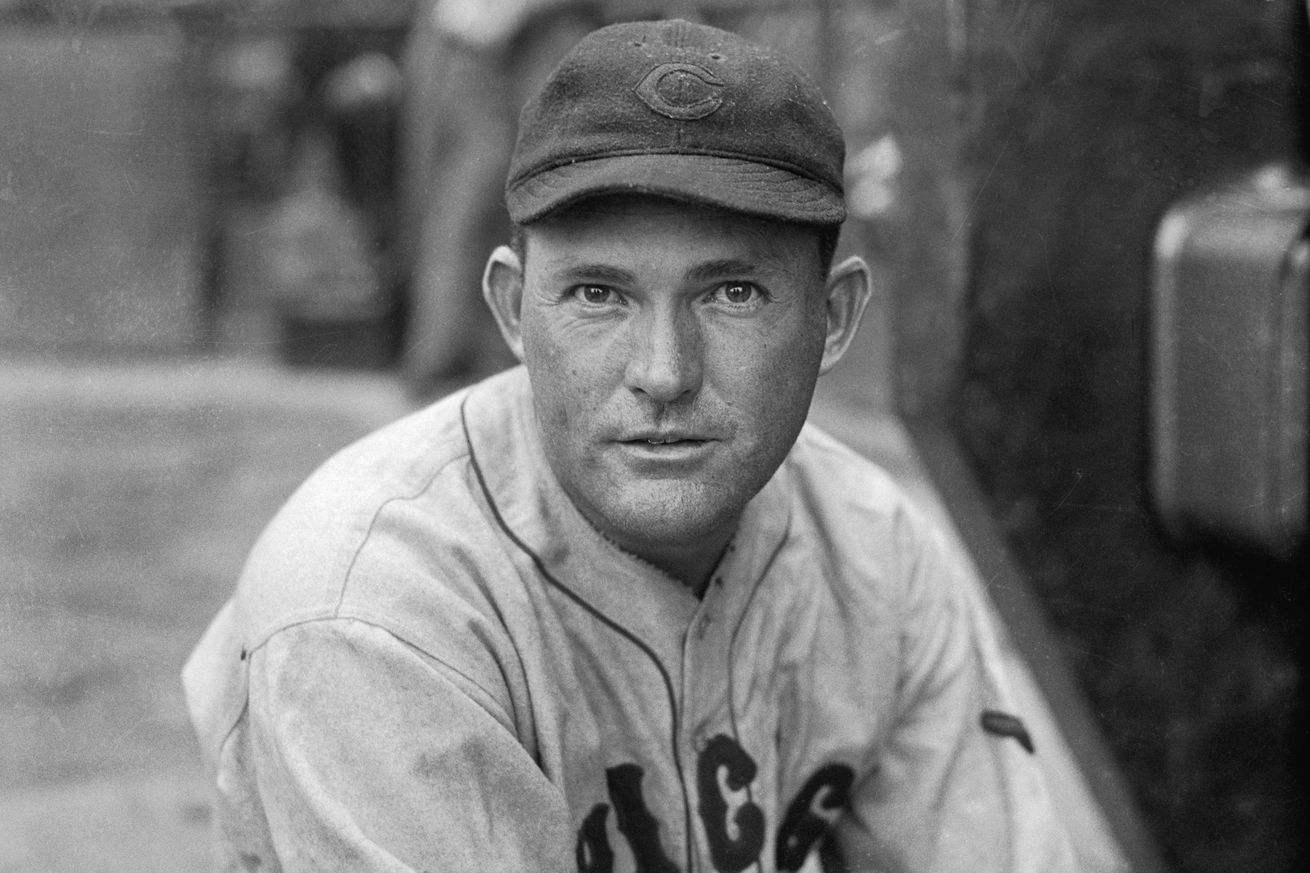
One really significant deal was made.
The 1928 Cubs remained in contention most of the year, but couldn’t get over the hump into first place except for a few days after a 13-game winning streak in May.
Still, they won 91 games, their most since 1912, and finished only four games out of first. Then they made a key offseason trade that would galvanize them in 1929.
As has been the case for many earlier Cubs years, many of these transactions were with independent minor league teams.
February 15: Acquired Ed Holley from Louisville (American Association) for Wayland Dean
Dean had pitched in only two games for the Cubs in 1927, and never pitched in the majors again.
Holley pitched in 13 games for the Cubs in 1928 with a 3.77 ERA and 0.2 bWAR. Then he went back to the minors and resurfaced in the majors with the Phillies in 1932.
Not much of a deal for either side.
August 18: Acquired Earl Grace from Little Rock (Southern Association) for cash considerations
Grace, a catcher, played in 31 games for the Cubs in 1929 and 1931 and then was sent to the Pirates for Rollie Hemsley.
September 12: Acquired Johnny Moore from Reading (International League) for cash considerations
This is one of the few acquisitions of its type in this era that actually produced decent MLB results. Moore, an outfielder, played parts of five seasons with the Cubs, and his best year was the pennant year of 1932, when he batted .305/.342/.470 with 13 home runs in 119 games. The team thought enough of him to bring him back for seven games in 1945 at age 43, when rosters were war-depleted. He’d been playing with the Cubs Los Angeles affiliate for the previous eight seasons, and, per his SABR biography, missed being eligible for the 1945 World Series roster by one day.
September 18: Acquired Socks Seibold from Reading (International League) for cash considerations
This deal is worth noting only for the great name, because Seibold never played for the Cubs (he was already 32 at the time of the deal and hadn’t played in the majors in eight years). Instead, he was included in the important trade below.
November 7: Acquired Rogers Hornsby from the Braves for Bruce Cunningham, Percy Jones, Lou Legett, Freddie Maguire, Socks Seibold and $200,000
This was a tremendous amount of money to include in a trade, even by the standards of the era. That’s equivalent to about $3.7 million today.
The money was largely because the Braves, who had been a pretty terrible team for several seasons, were nearly bankrupt. Hornsby’s presence on the Braves, despite his massive season batting .387/.498/.632 (all league-leading figures, 8.9 bWAR) didn’t help as the Braves lost 103 games and had total attendance of just 227,001.
So Hornsby came to the Cubs and immediately had another fantastic year, batting .380/.459/.679 with 39 home runs, a league-leading 156 runs and 10.6 bWAR, which is the best bWAR season for a position player in Cubs history.
Hornsby came to the Cubs with a good reputation as a manager; he’d been player-manager for the Cardinals in 1926, when they won their first-ever NL pennant. So it might have seemed natural to name him manager at the end of the 1930 season, but as noted in Hornsby’s SABR biography:
… his overbearing, often irascible personality created poor relations with both players and owners, and led to his being fired at every post, sometimes in midseason. Like many great ballplayers who try to manage, he couldn’t teach what had come so naturally to him, and he was easily frustrated by mediocrity. As one writer put it, “Hornsby knew more about baseball and less about diplomacy than anyone I ever knew.”
Hornsby didn’t play much beyond the 1929 season for the Cubs, focusing more on managing, and eventually turning off so many players that they were forced to fire him midway through the 1932 season.
So the deal worked, for a time, but the naming of Hornsby as manager replacing Joe McCarthy was one of the biggest mistakes in franchise history. The Cubs likely would have been a better team keeping Hornsby as a player for 2-3 more years and keeping McCarthy as manager.
So I can only give this trade a C grade. (The others from ‘29 didn’t move the needle much either way.)
